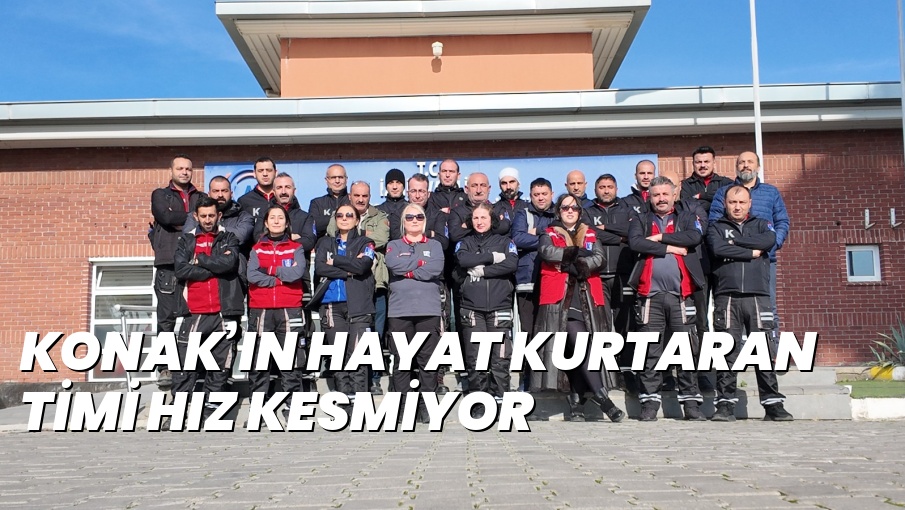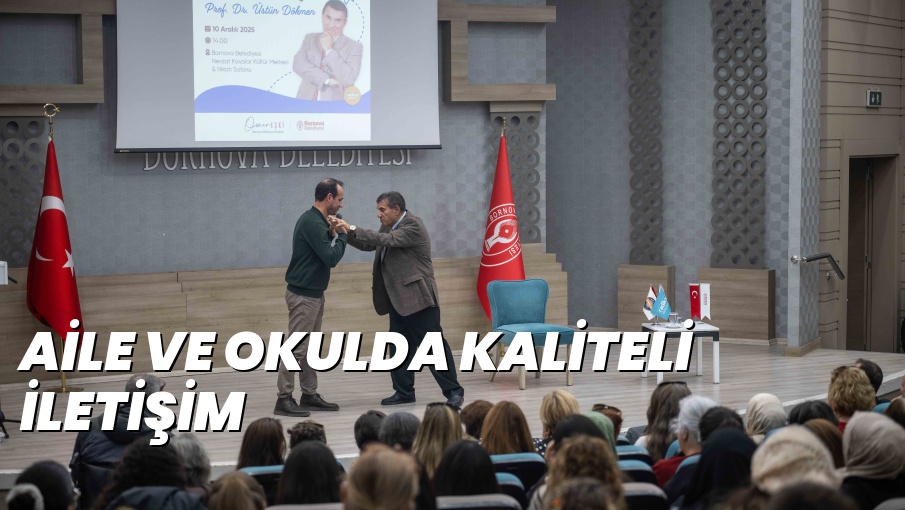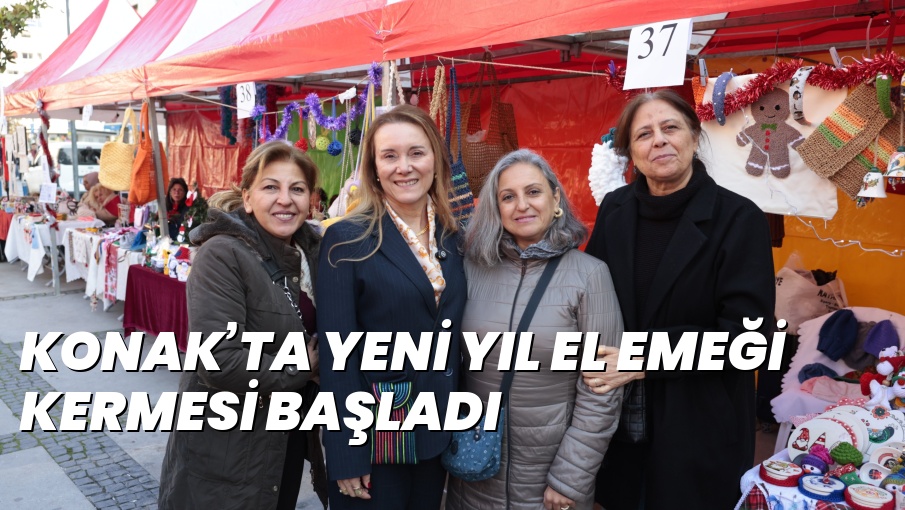Bornova’da sanatın gücüyle kadın dayanışması
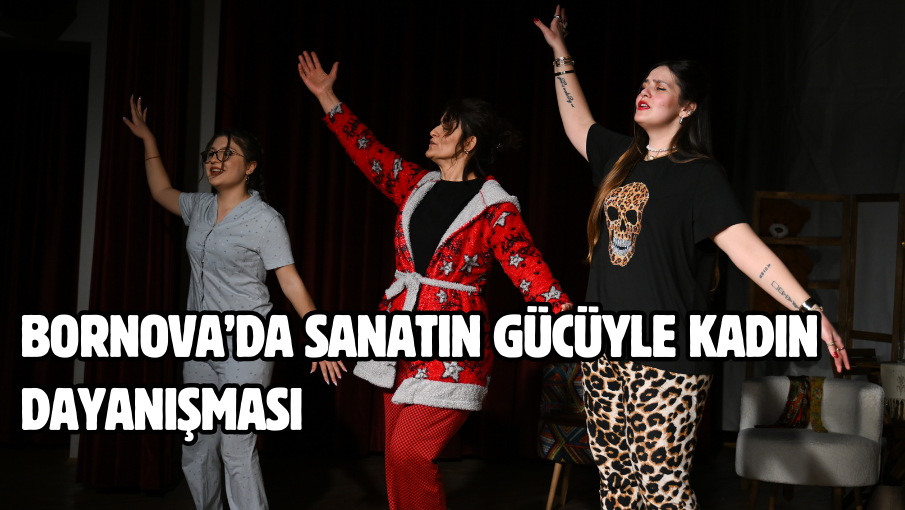
Bornova Kent Konseyi Kültür Sanat Çalışma Grubu ve İzmir Kültür Sanat ve Eğitim Derneği işbirliğiyle sahnelenen “Sığınamayanlar” adlı tiyatro oyunu, Bornova Belediyesi’nin ev sahipliğinde Altındağ Atatürk Kültür Merkezi Yıldız Kenter Tiyatro Salonu’nda izleyiciyle buluştu.
Kadına yönelik şiddetin toplumsal etkilerini güçlü bir sanat diliyle anlatan ve yoğun ilgi gören oyunu, CHP Kadın Kolları MYK Üyesi Rahşan Nazlıoğlu, İzmir Kent Konseyi Başkanı Özgür Topaç, Bornova Kent Konseyi Başkanı Baran Doğan Mengüç ve CHP Bornova İlçe Örgütü yöneticileri de izledi.
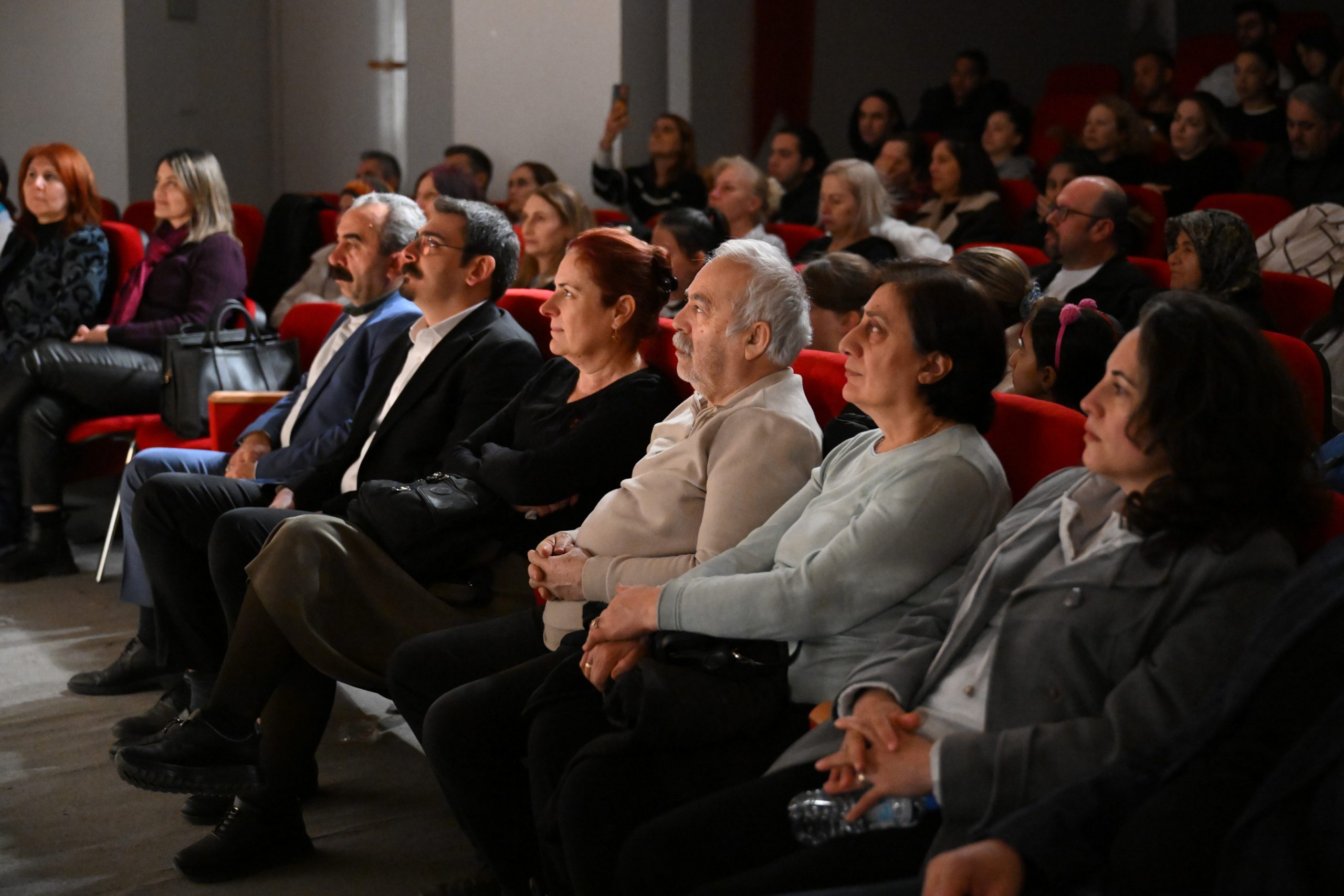
Gerçek hayatlardan ilham alan çarpıcı bir hikâye
Senaryosunu Ayça Üzüm’ün yazdığı, yönetmenliğini Fatih Ay’ın üstlendiği oyun, fiziksel, cinsel ve psikolojik şiddete maruz kalan kadınların sığınma evinde yaşadığı trajikomik olayları konu alıyor. Sığınma evine gelen kadınların, toplum baskısı ve eşleri tarafından uygulanan şiddet nedeniyle yeniden kaos dolu hayatlarına dönmek zorunda kalışları, oyunun en çarpıcı anlarını oluşturdu. Aralarında CHP İlçe Örgütü’nden isimlerin de bulunduğu oyuncuların etkileyici performansları, izleyicilerden büyük alkış aldı.

Başkan Eşki: “Kadınların mücadelesine desteğe devam edeceğiz”
Bornova Belediye Başkanı Ömer Eşki, sanatın toplumsal farkındalık yaratmadaki rolüne vurgu yaparak, “Kadınların maruz kaldığı şiddeti, yalnızlığı ve çaresizliği gözler önüne seren bu güçlü oyun, aslında hepimizin sorumluluk alması gerektiğini hatırlatıyor. Bornova Belediyesi olarak kadınların her alanda güçlü duruşunu desteklemeye, sanatla farkındalık yaratmaya ve kadın mücadelesine omuz vermeye devam edeceğiz”


